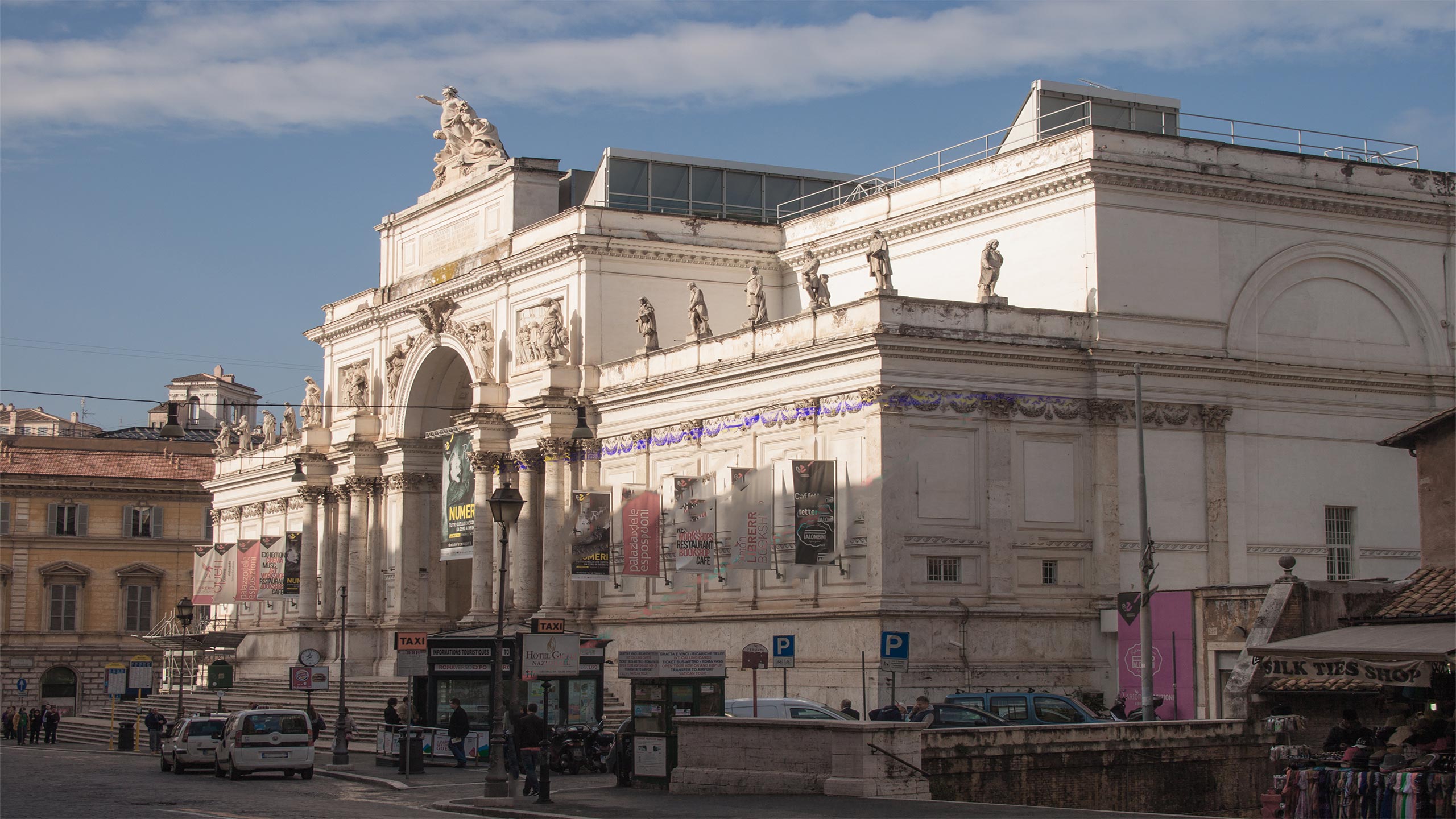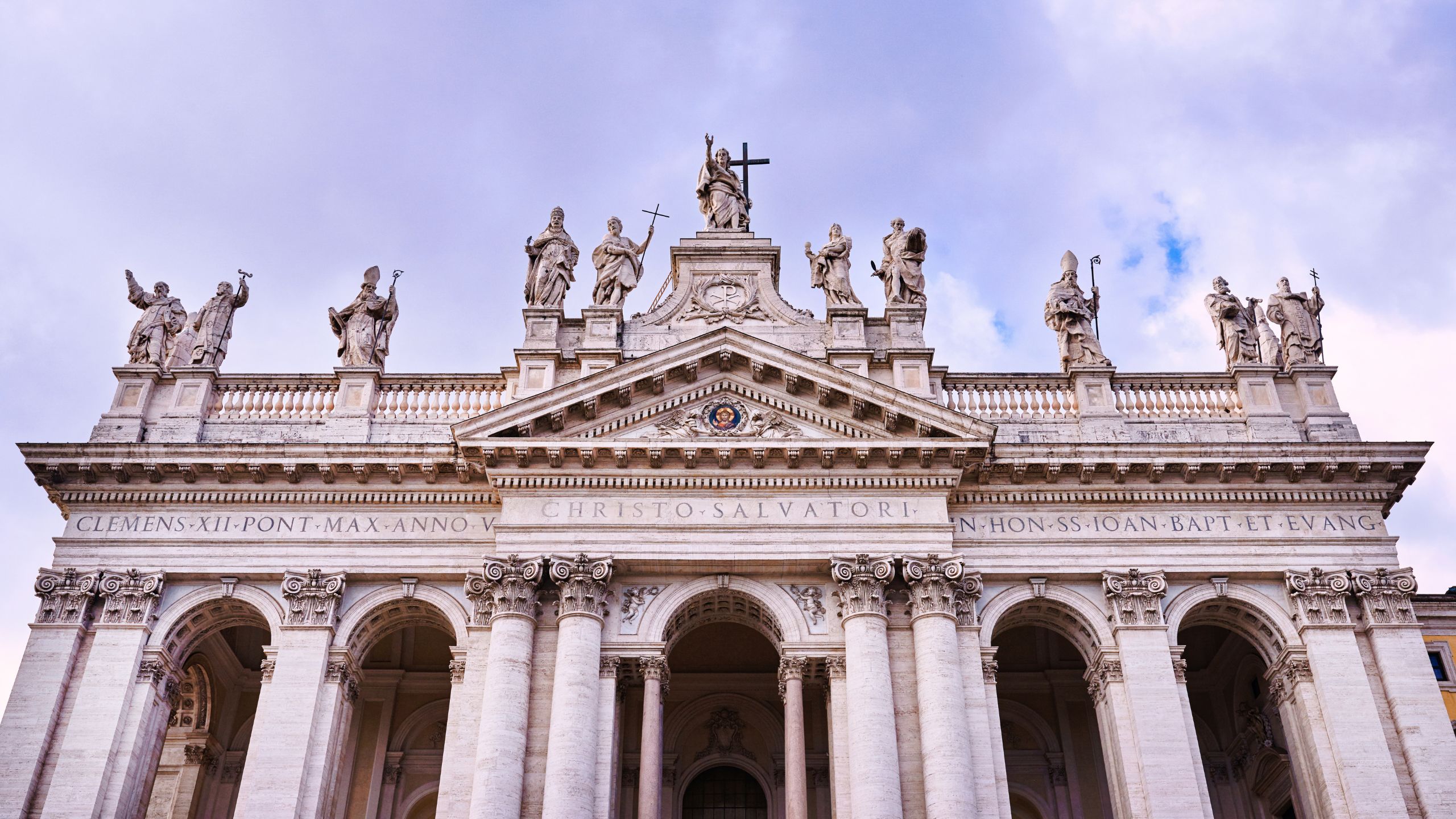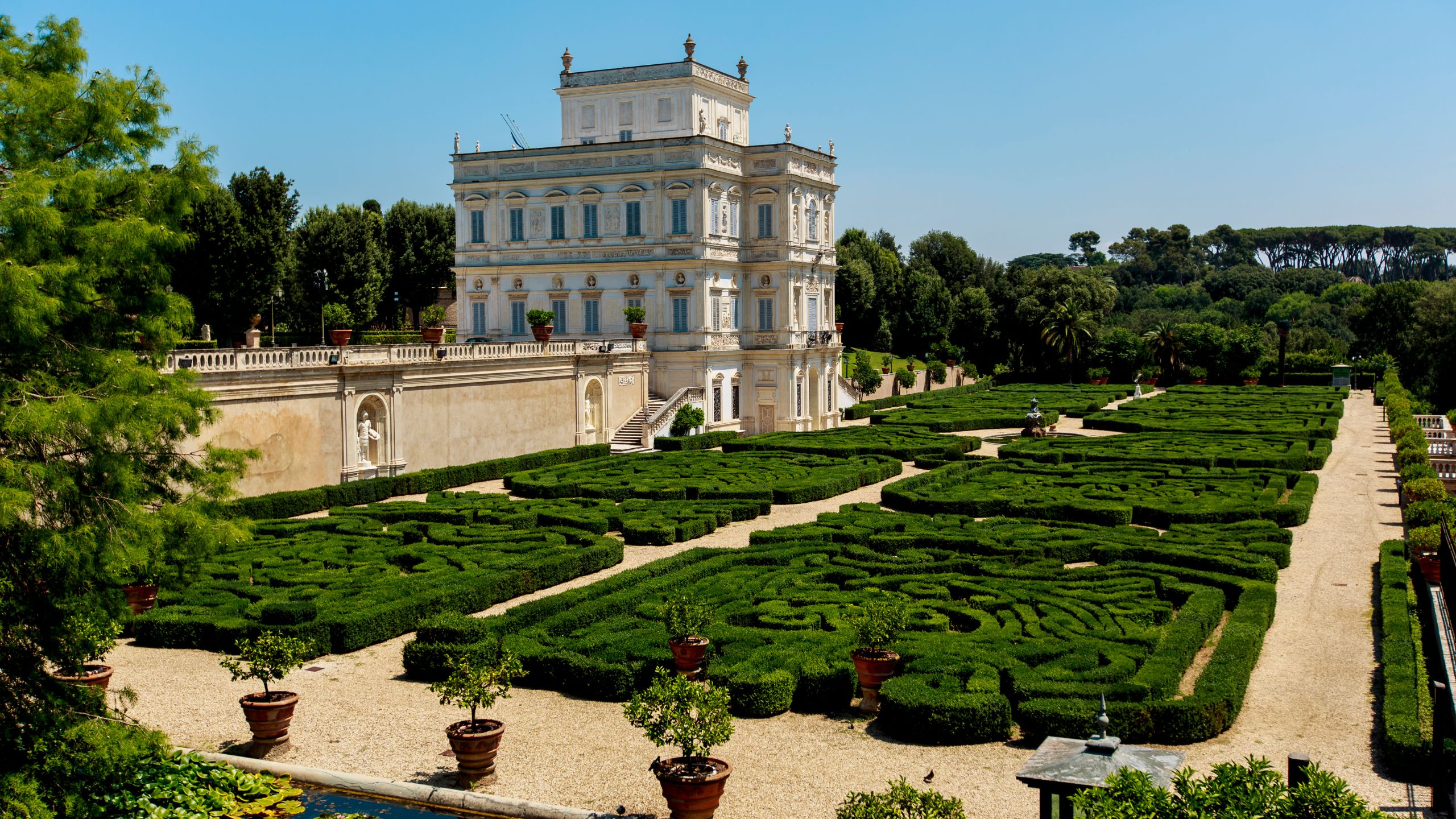Visit Rome: Palazzo delle Esposizioni, the interdisciplinary exhibition space in Rome
The Palazzo delle Esposizioni is a large exhibition space located in Rome, in the centre of the Italian capital. It is located inside a neoclassical building designed by architect Piacentini. With an internal space of about 12,000 square metres, it hosts both permanent and temporary exhibitions, as well as being a reference point for the city's culture, thanks to its multidisciplinary vocation. The visitor, even if visiting it only to admire its architectural beauty, will be able to enjoy a series of services: there is a 130-seat cinema hall, an auditorium for 90 people, a Forum - a multi-purpose hall - an art laboratory, and a huge library.
Brief history of Palazzo delle Esposizioni
The decision to build the Palazzo delle Esposizioni came to the need the city of Rome had to provide itself with a space suitable for its great tradition as an internationally renowned cultural centre; they decided to establish a multi-purpose centre, dedicated to the Fine Arts. The goal was not to add a new museum to the several and extraordinary already existing in the city; the aim was to create a place where to keep documents and evidences of the cultural and artistic life of Rome, able to compete with the most important European and world cultural capitals.
In 1876, a competition was announced to choose the best model to refer to for the building; however, it took a few years to get to the final project, because the commission that had the task of choosing the winning project was very uncertain. At the end, one of the fathers of the Vittoriano project, the monument also known as Altare della Patria, located in Piazza Venezia, architect Pio Piacentini started the work: it really took four years to begin the works and three more to complete them: the Palazzo delle Esposizioni was actually completed in 1883.
In 2002, the building underwent a five-year restoration and redevelopment of the rooms. Today, the visitor can walk in three main areas available, communicating each other even though they are completely autonomous and located on different floors. Visitors can admire the perfect harmony of classicism and technology: the city's past and its future are perfectly represented; the rooms are covered by panels to guarantee the neutrality of the background to enhance the exhibited works. Thanks to the cutting-edge technology and the importance of the events, the Palazzo delle Esposizioni allows Rome to deal with the main European cultural centres.
The exhibition space of the Palazzo delle Esposizioni
Going to the Palazzo delle Esposizioni you will find a program for both Italian and foreign audiences. You will be able to attend showings of films and documentaries, during the several film festivals that take place every year; you can attend the concerts at the Auditorium, whereas in the exhibition rooms there are art exhibitions that attract visitors from all around the world. It is often possible to take part to the presentation of books or visit exhibitions focused on science. The cultural events taking place in the Palazzo delle Esposizioni are innumerable and all of them have a great cultural and artistic importance. From 2007 onwards, the twentieth century has been the most studied period, through the organization of events and exhibitions dedicated to the most eminent characters of the Short Twentieth Century: thanks to Friedrich Nietzsche, Sigmund Freud, and Pablo Picasso, the way the world looked at life changed. The Palazzo delle Esposizioni hosted also works by the New York artist.
If you love photography, the Palazzo delle Esposizioni is one of the most important places to discover to know the shots by the most important photographers in the world. The news stories published by the National Geographic, such as those by Helmut Newton, have immortalized indelible moments in human history, such as the Prague Spring and the Mexican Revolution. An important attention is given to the importance of science and knowledge, thanks to the exhibitions about Charles Darwin, who dedicated his life to the study of the evolution of the species; also exhibitions about the Universe and on the migratory phenomena of humanity took place.
The Palazzo delle Esposizioni Forum is a place able to attract the interest of children and adolescents, as well as educators. If you are travelling with very young people you are in the right place: you may find yourself attending a convention, meeting writers and editors, or visiting the multimedia lab; it is also possible to visit a library completely reserved to art publications for adolescents. An internet connection is available to read the catalogue of libraries in the city; you can also consult the dossiers illustrating all the present and past exhibitions held in the Palazzo delle Esposizioni.
The atelier is very worth of a visit, thanks to its light tunnels: it is a permanent installation created by Nathalie Junod Ponsard. Following the light games designed by the French artist, you will be led inside a magic cube, with changing scenarios stimulating creativity and imagination. It is a space dedicated to children, created by the collaboration of architects, graphic designers and artists. If during your tour some works, or books or a photograph particularly astonished you, the best way to deepen your knowledge about the author is to go to the library inside the building. You will find three very large rooms; there are books, DVDs and catalogues dedicated to art, but you can also buy music CDs and texts of design and architecture. It is the final stage and fundamental to lead the visitor through a path designed to stimulate creativity and curiosity, pushing him to explore what they liked. Once you have chosen your book, you can read it in the bar, sipping a drink or tasting a dessert. You can also visit a garden connecting the library to the Church of San Vitale.
Do you want to stay in Rome?
For this location we recommend Hotel Oxford, the ideal starting point to discover Rome!



